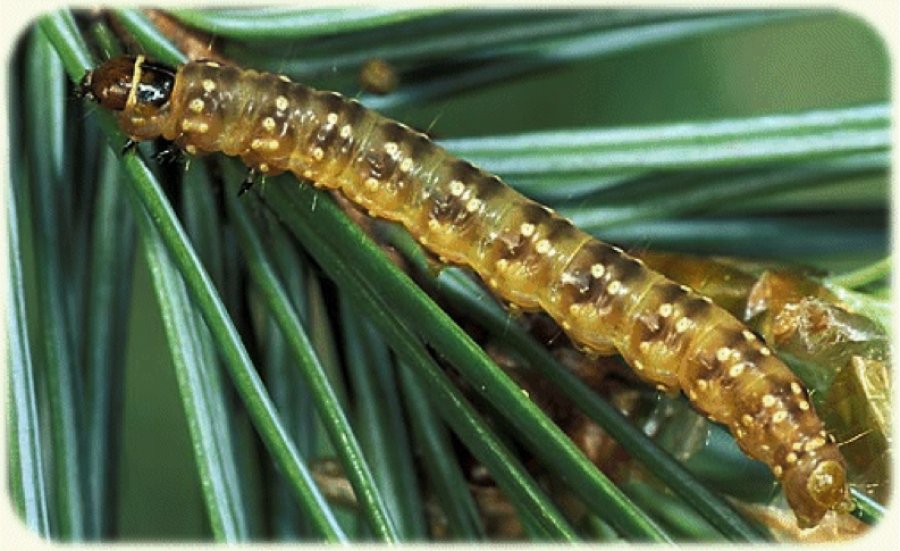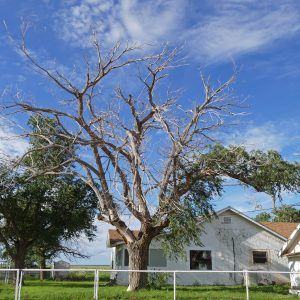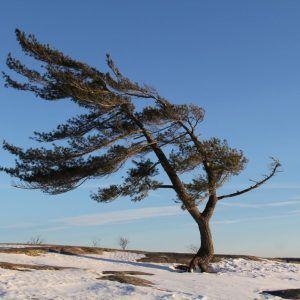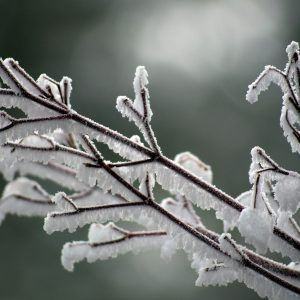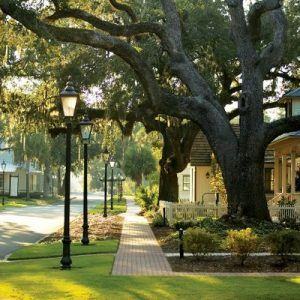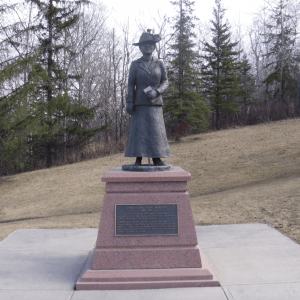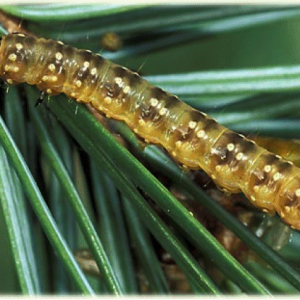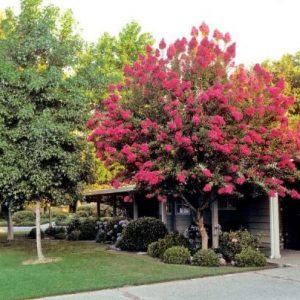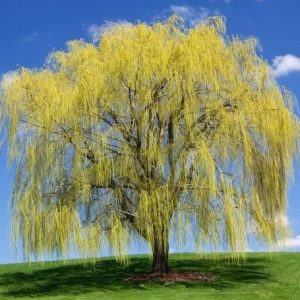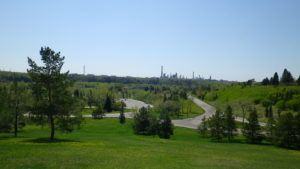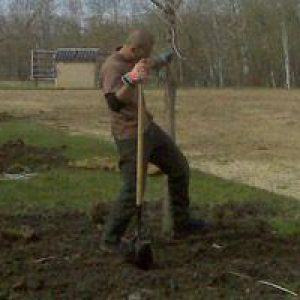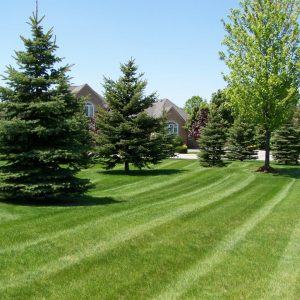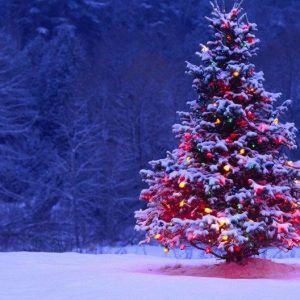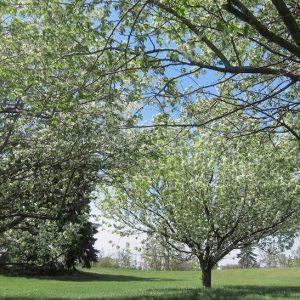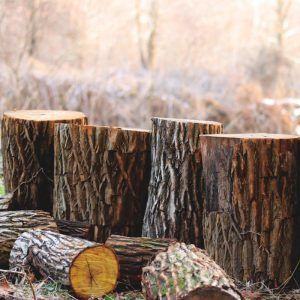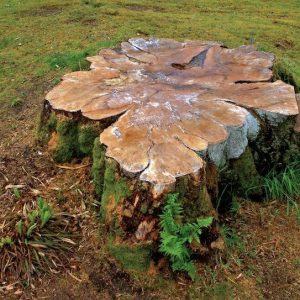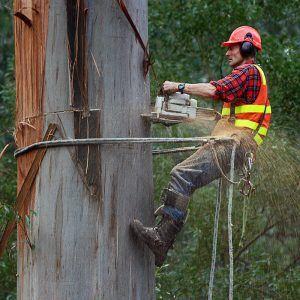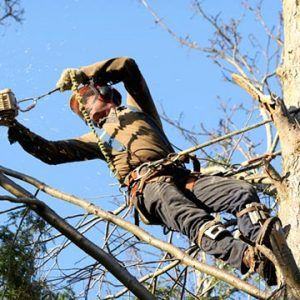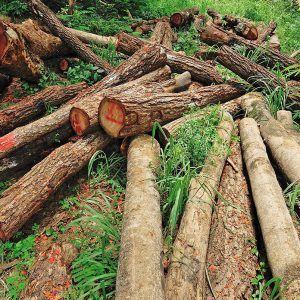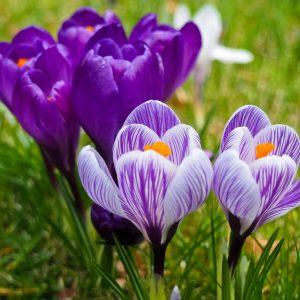As the Alberta heat dies down and we transition from summer to autumn, we’re shifting our focus here at the Chipps Tree Care. As your experts on local ecosystems and how they affect your trees, we are dedicated to featuring articles that will help you identify and care for the trees you encounter every day. Over the last few months, our blog has highlighted a number of tree species in the Edmonton area, and now as fall rolls around, we will be focusing on some common tree insects and diseases that can affect your trees — and show you how to avoid potential pitfalls.
The first insect under our lens is the western spruce budworm, or Choristoneura occidentalis. This Lepidoptera subspecies is the most common (and most destructive) detriment to coniferous forests in Western North America. It is a common nuisance to coniferous trees such as the larches, firs, and pines of the Western United States and Canada. Common in the Pacific Northwest of the U.S. and in British Columbia and Alberta, the first western spruce budworm outbreak was recorded in 1909, and ever since, infestations have been a hindrance to Alberta tree growth and health, and have caused coniferous top-killing, some serious economic losses in tree growth, and — most alarmingly — some tree mortality among saplings and pole-sized trees.
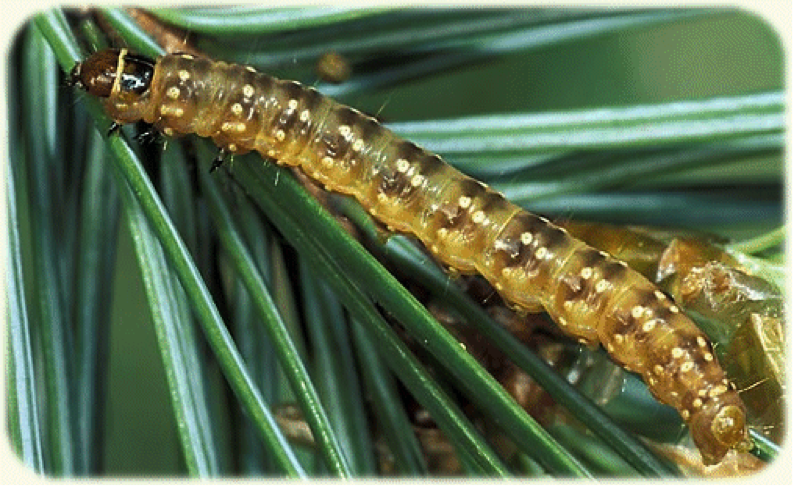
Adult moths lay eggs on the needles of host trees in mid- to late summer, and while eggs hatch within a week, newly hatched budworms do not feed but seek niches on the tree where they settle and hibernate inside silken shelters. Budworms emerge from hibernation the following spring in advance of bud-flush, so small budworm larvae will feed on the new shoots that emerge in June and July as they grow into adulthood.
In Canada, the western spruce budworm feeds mostly on Douglas-fir and other coniferous tree varieties. While contiguous forests with large trees are most affected, the budworms nevertheless cause issues even in dense urban areas. Budworms are not affected by harsh cold climates, and they often thrive in Alberta’s fall and winter conditions. The western spruce budworm feeds on the growing shoots of host trees, which causes distortion and discoloration among shoots, while also encasing needle fragments in silk. If symptoms are not identified and professionally treated, trees will be severely damaged by late summer and affected trees will look ragged, deprived of needles, and will display a distinct reddish tinge at the edge of the tree crown, which is not only unhealthy for your yard but also unappealing. The tops of some trees may be entirely stripped of needles, which will cause your once beautiful coniferous trees to look haggard, ragged, and unhealthy — a definite deterioration of your property’s curb appeal. If you notice reddening or thinning of your trees around September or October, you owe it to yourself and your yard’s health to contact our experts here at Chipps Tree Care to arrange a same-day consultation.
While western budworms are treated in the wild with aerial spraying, this is obviously not possible in an Edmonton neighbourhood — which is why contacting a professional arborist is key. A Chipps Tree Care professional will diagnose the problem and recommend the promptest and safest possible solution. Whether your tree needs to be pruned, topped, or removed entirely, our professional team will help you keep your lawn safe and beautiful this autumn.


